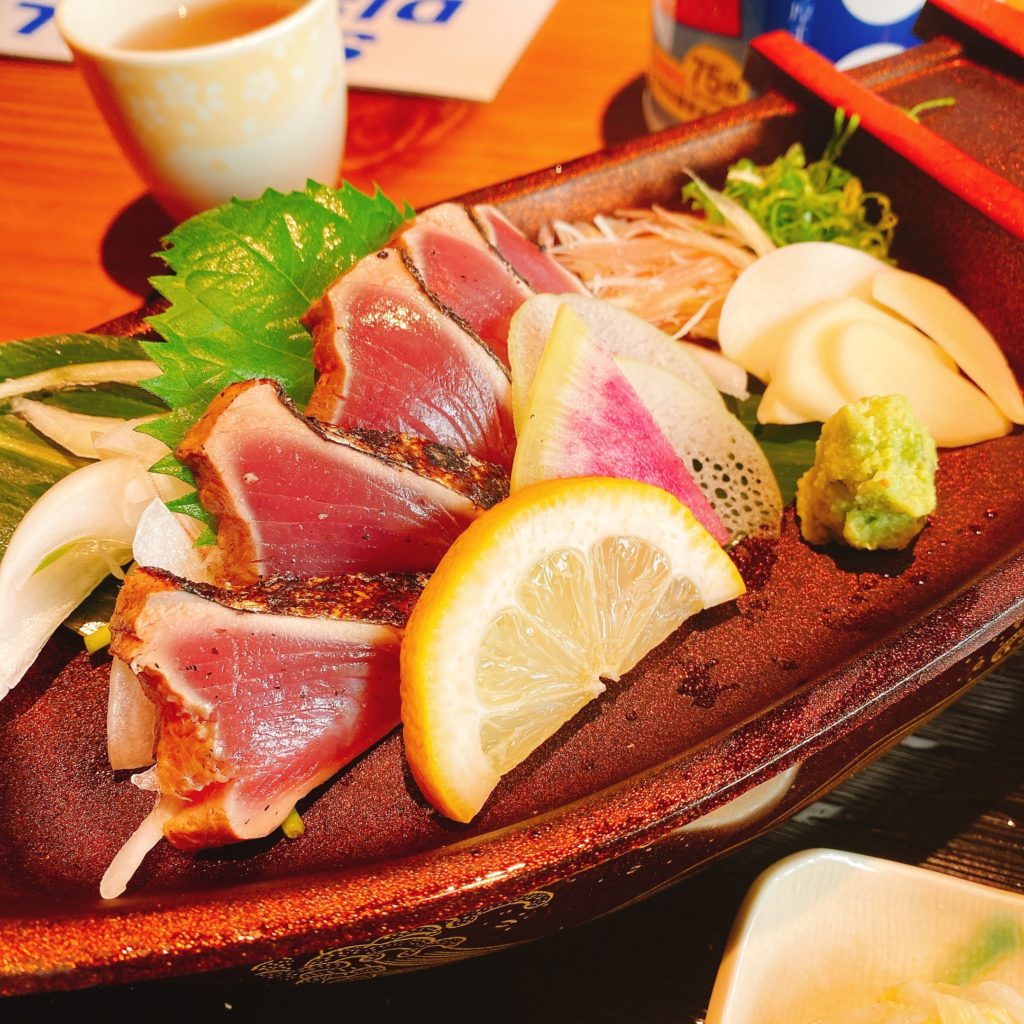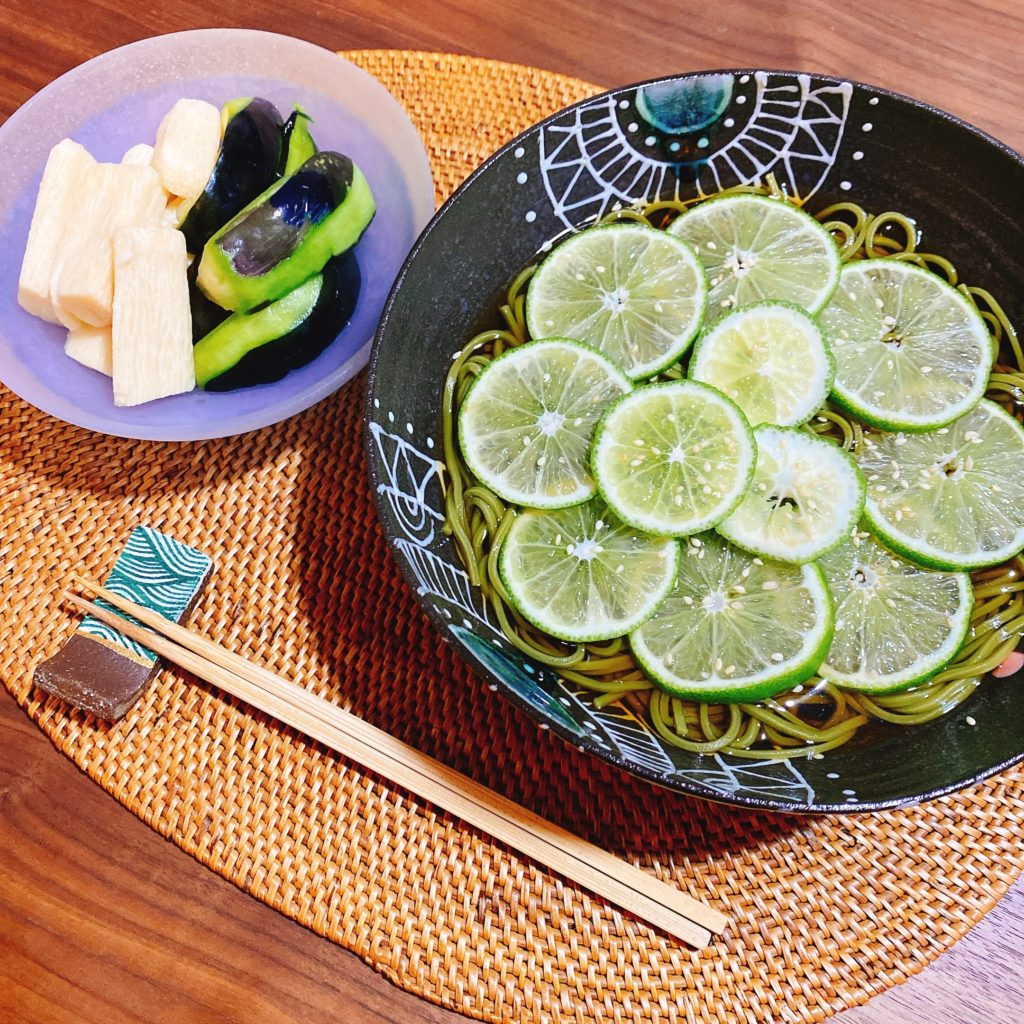Japanese Food History and Culture
Yuzu and Mikan: Citrus Fruits in Japan
Citrus fruits in ancient Japan: tachibana, yuzu and daidai

Kishū and unshū mikan
Although the word is attested since ancient times and its use has evolved, mikan (みかん) nowadays describes varieties of mandarin oranges widely consumed in Japan. Komikan (小みかん) mandarins, probably imported from the Zhejian province of China, were already cultivated in Yatsushiro (Higo province) and surrounding areas around the 12th-13th century.
Those komikan would be exported to the Kii province sometime before the 15th century, and by the end of the Muromachi period, the kishū mikan (紀州みかん) would become a local specialty. The mountainous slopes around the Arita area in particular lend themselves well to the culture of the mikan, and the Arita mikan would become a sought after commodity in the newly established capital of Edo.
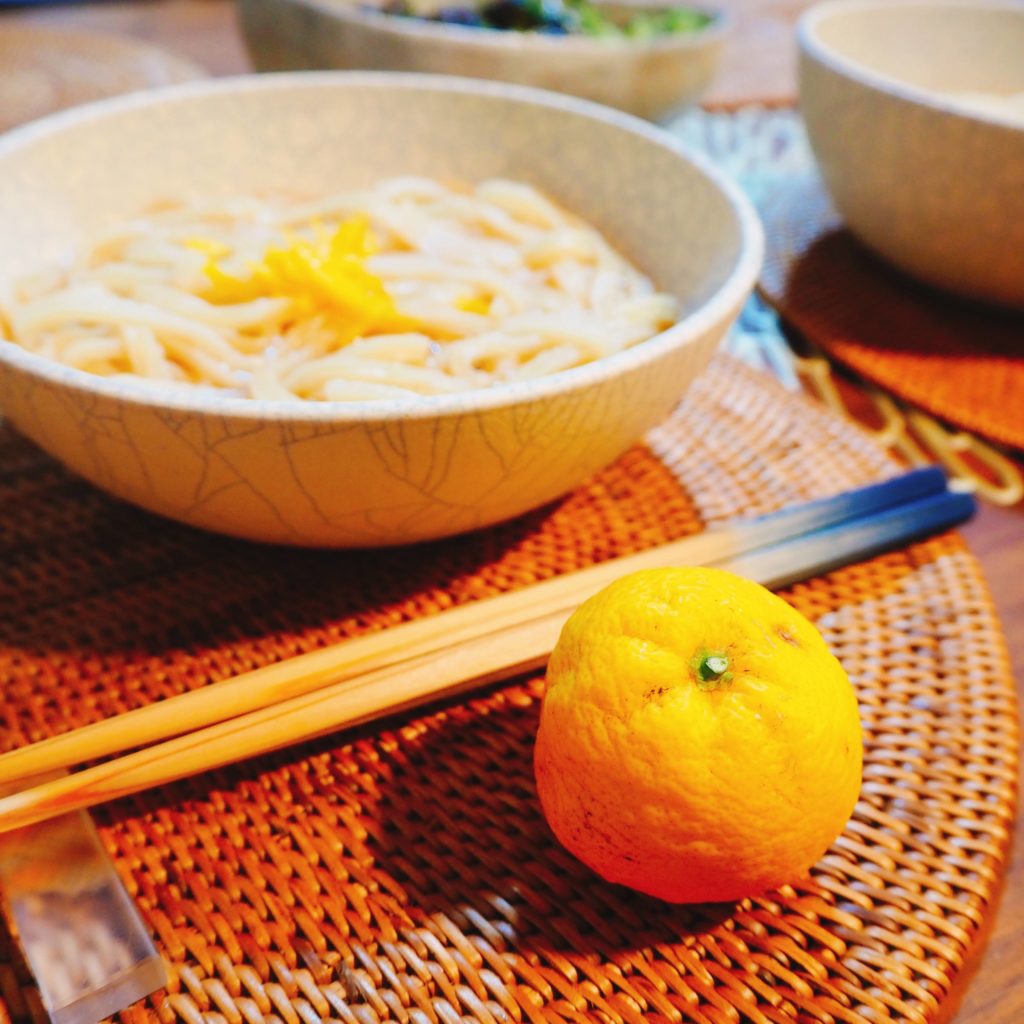
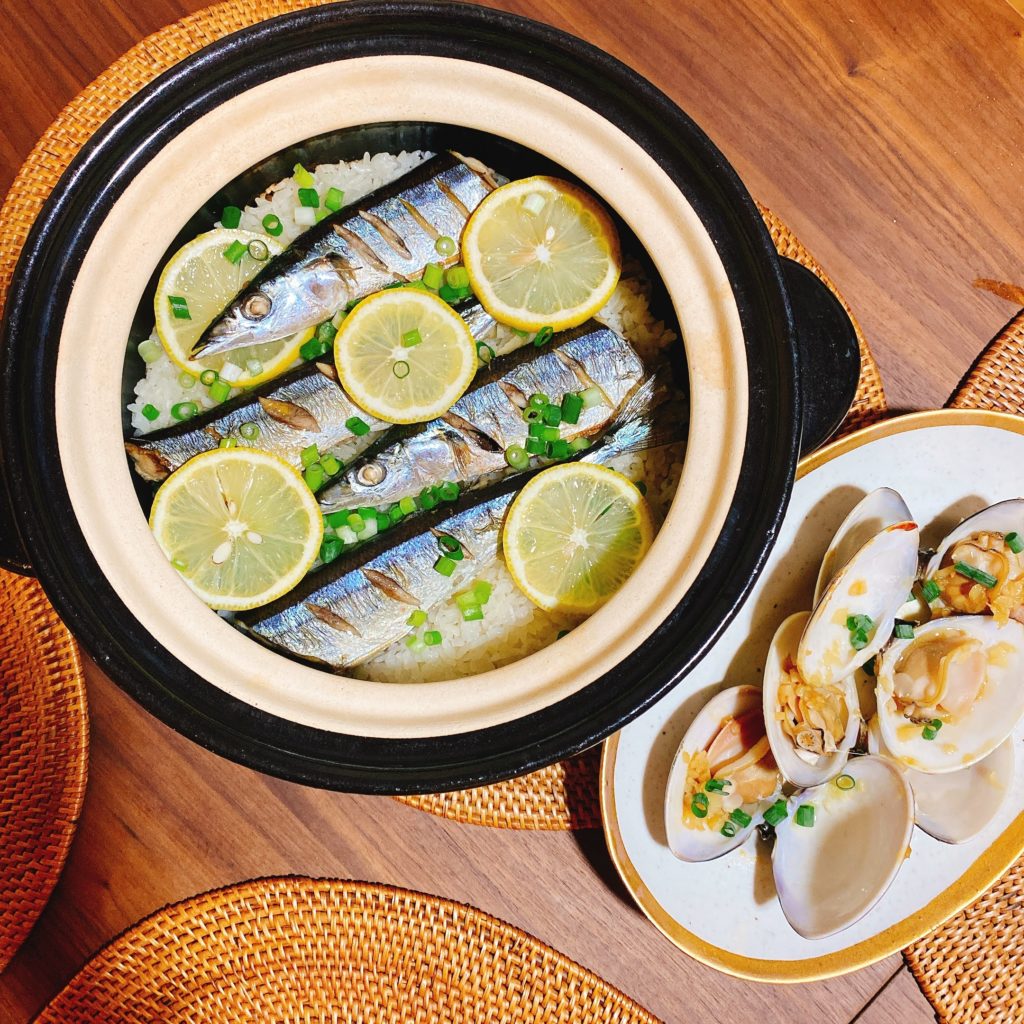
The unshū mikan might have been known since before the Edo period, but it wasn’t popular due to the fact it is a seedless fruit. Seeds representing fertility, eating an unfertile mikan was thought to invite bad luck and bring an end to one’s lineage. Despite this, as it is a sweet and easy to eat fruit, it started to gain popularity in the second half of the Edo period, and its cultivation subsequently spread. Nowadays, the unshū mikan and its variations are the most widely consumed mandarin oranges in Japan. It was also exported overseas from ports in Satsuma, which explains why it is also known as Satsuma mikan outside of Japan (not to be confused with the Satsuma imo).6
Common citrus varieties
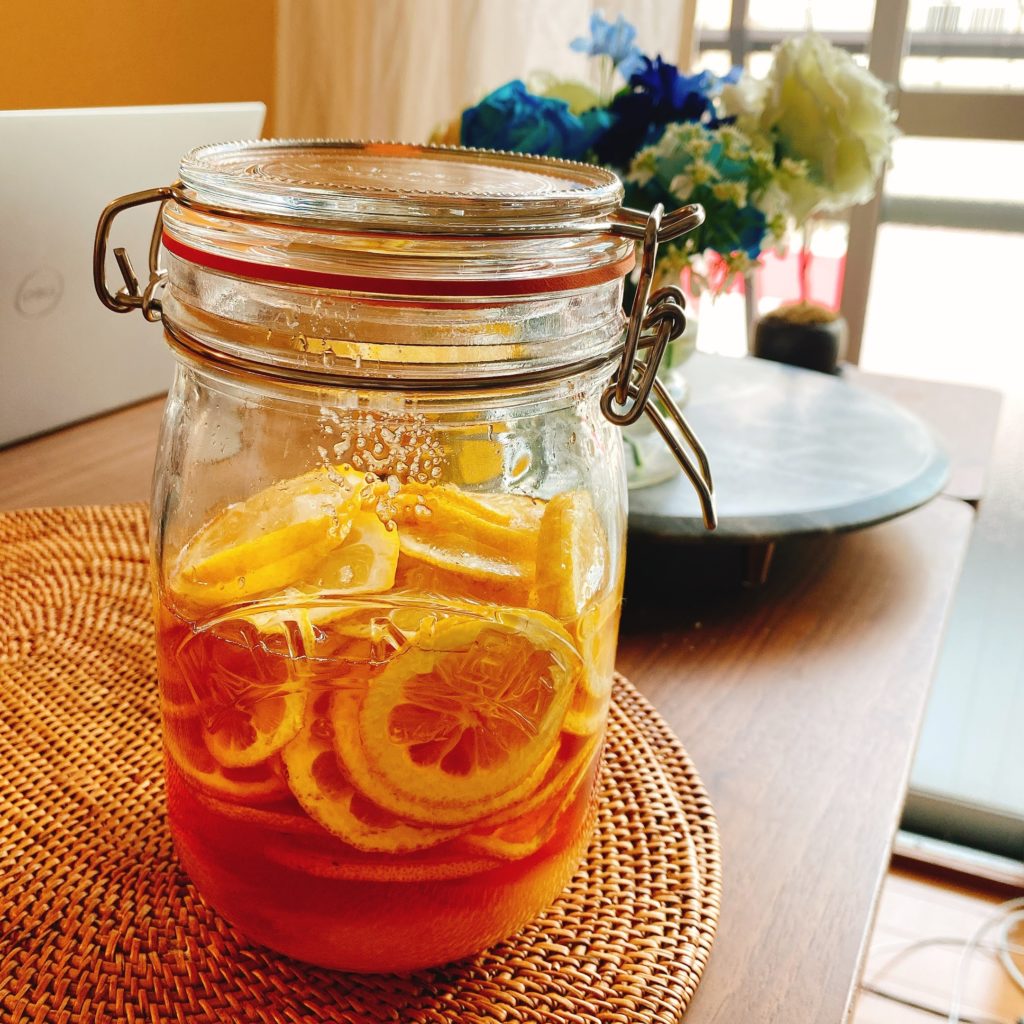
Modern day dishes and drinks
Various citrus fruits such as mikan, oranges, grapefruits, pomelos and kumquats are eaten raw for breakfast, dessert or as a snack, especially when in season. Juices and drinks are also very popular and can be found in stores and vending machines. Lemon soda is mixed with shōchū to make chūhai, a very popular drink at izakaya.
Yuzu and lemon flavored sweets are also popular, and it is common to see desserts such as baumkuchen or ice cream have seasonal citrus flavors.
Another common condiment, ponzu (ポン酢), is made from citrus juice and vinegar. Mixed with soy sauce, it is used with a wide variety of dishes, for instance to add a light, sour note to nabe dishes like the chanko nabe or as a dipping sauce for katsuo no tataki.
